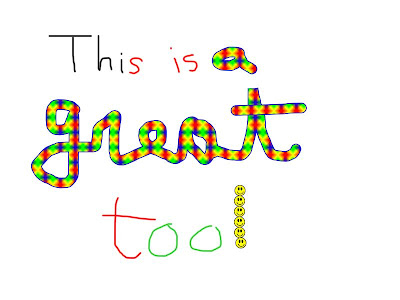

Math rock has a significant presence in Japan the most prominent Japanese groups include Toe, Tricot, and Lite. Black Flag's 1984 album, My War, also included unusual polyrhythms. With some influence from the rapid-fire energy of punk, Massacre's influential music used complex rhythmic characteristics. An even more avant-garde group of the same era, Massacre, featured the guitarist Fred Frith and the bassist Bill Laswell. The Canadian punk rock group Nomeansno (founded in 1979 and inactive as of 2016) have been cited by music critics as a "secret influence" on math rock, predating much of the genre's development by more than a decade. The albums Red and Discipline by King Crimson, Spiderland by Slint are generally considered seminal influences on the development of math rock. Ī significant intersection exists between math rock and emo, exemplified by bands such as Tiny Moving Parts or American Football, whose sound has been described as "twinkly, mathy rock, a sound that became one of the defining traits of the emo scene throughout the 2000s." Bands Despite this, not all critics see math rock as a serious sub-genre of rock. One advocate of this is Matt Sweeney, singer with Chavez, a group often linked to the math rock scene. The term began as a joke but has developed into the accepted name for the musical style. Many of math rock's best-known groups are entirely instrumental such as Don Caballero or Hella. Often, vocals are not overdubbed, and are positioned less prominently, as in the recording style of Steve Albini, or the Rolling Stones producer Jimmy Miller. Lyrics are generally not the focus of math rock the voice is treated as just another instrument in the mix. Math rock guitarists make use of tapping techniques and loop pedals to build on these rhythms, as illustrated by songs like those of 'math rock supergroup' Battles. However, drums play a greater role in math rock in providing driving complex rhythms.

While most rock music uses a 4/4 meter (however accented or syncopated), math rock makes use of more non-standard, frequently changing time signatures such as 5/4, 7/8, 11/8, or 13/8.Īs in traditional rock, the sound is most often dominated by guitars and drums. Math rock is typified by its rhythmic complexity, seen as mathematical in character by listeners and critics. ( June 2021) ( Learn how and when to remove this template message)

Unsourced material may be challenged and removed. Please help improve this article by adding citations to reliable sources. This section needs additional citations for verification.


 0 kommentar(er)
0 kommentar(er)
